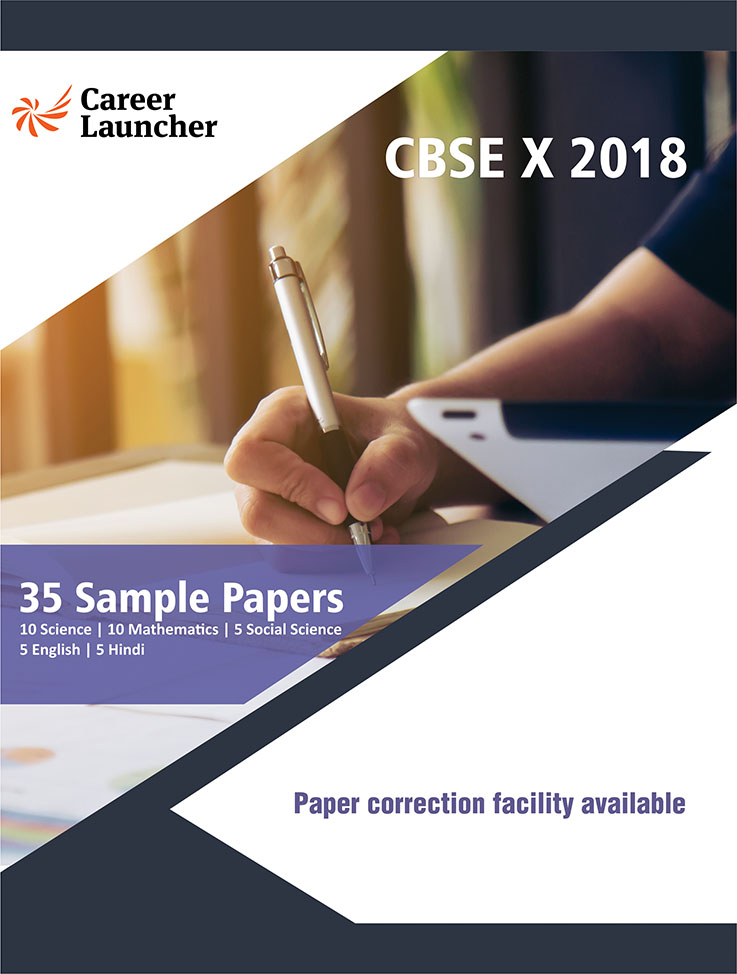CBSE- Metals and Non-Metals-Sample Questions
Previous Year Questions
Metals and Non-Metals
Metals and Non-Metals
1. Name a reducing agent that may be used to obtain manganese from manganese dioxide. (CBSE 2009)
2. From amongst the metals sodium, calcium, aluminium, copper and mangnesium, name the metal (I) which reacts with metal only on boiling and
(II) another which does not react even with steam. (CBSE 2008)
3. (a) Show the formation of NaCl from sodium and chlorine atoms by the transfer of electrons.
(b) Why sodium chloride has a high melting point?
(c) Name the anode and cathode used in electrolytic refining of impure copper metal. (CBSE 2008)
Why are ionic compounds usually hard? How is it that ionic compounds in the solid state do not conduct electricity but they do so when in molten state? (CBSE 2008)
On adding dilute HCL acid to copper oxide powder the solution formed is blue-green. Predict the new compound formed which imparts a blue-green colour to the solution. (CBSE 2008)
4. (a) Show on a diagram the transfer of electron between the atoms in the formation of MgO.
(b) Name the solvent in which ionic compounds are generally soluble.
(c) Why are aqueous solutions of ionic compounds able to conduct electricity? (CBSE 2008)
5. What are amphoteric oxides? Choose the amphoteric oxides from- Na2O, ZnO, Al2O3, CO2, H2O
6. Why is it that non-metals do not displace hydrogen from dilute acids? (AI CBSE 2008)
7. Show the electronic transfers in the formation of MgCl2 from its elements. (CBSE 2008 F)
8. Which of the following metals will melt at body temperature: gallium, magnesium, caesium, aluminium? (CBSE 2008 C)
9. Name the two metals which react violently with cold water. Write any three observations you would make when such a metal is dropped into water. How would you identify the gas evolved, if any? (AI CBSE 2008)
10. Give reasons for the following: (i) Gold and silver are used for jewellery making.
(ii) carbonate and sulphide ores are usually converted into oxides prior to reduction during the process of extraction. (CBSE 2008 C)
11. Give reasons for the following: (i) Aluminium oxide is considered as an amphoteric oxide.
(ii) Ionic compounds conduct electricity in molten state. (CBSE 2008 C)
12. Give reasons for the following:
(i) Metals can be given different shapes according to our needs.
(ii) Hydrogen is not evolved when a metal reacts with nitric acid.

